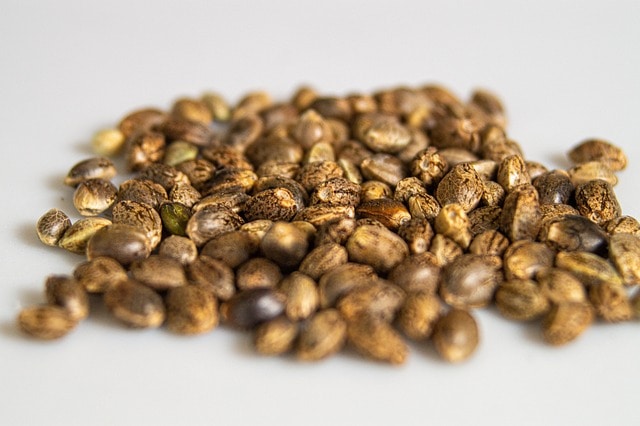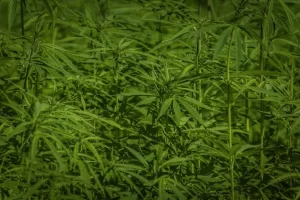Differentiating male vs female cannabis plants holds great significance in the cultivation process. Identifying the gender of these plants allows growers to maximize their yields and avoid unwanted cross-pollination. This knowledge is crucial for maintaining the potency and quality of the final product. By understanding the importance of distinguishing between male vs female cannabis plants, growers can make informed decisions to optimize their cultivation efforts, ensuring a successful harvest.
Accurate identification of male vs female cannabis plants is essential for a variety of reasons. Male plants produce pollen sacs that contain pollen, which can fertilize the female plants and result in seed development. Female plants, on the other hand, produce the highly sought-after flowers, rich in cannabinoids.
The Importance of Differentiating Male vs Female Cannabis Plants
Fertilized female plants focus their energy on seed production instead of flower development, leading to a lower-quality yield. Additionally, the presence of male plants among females can lead to cross-pollination, negatively affecting the potency and consistency of the final product. By discerning the gender of cannabis plants early on, growers can remove the male plants, thereby preventing unwanted fertilization and preserving the quality and potency of the crop. Apart from identifying the gender of cannabis plants, growers should also consider various methods for distinguishing males from females.
One such technique involves examining the pre-flowers, which appear on the plants during the early stages of growth. Male pre-flowers are typically smaller and oval-shaped, while female pre-flowers are larger and have a hair-like structure known as pistils. Another method involves observing the overall structure of the plants. Male cannabis plants tend to be taller and have fewer branches, while female plants are generally shorter and bushier. Familiarizing oneself with these distinguishing characteristics enables growers to make accurate gender determinations and effectively manage their cultivation operations.
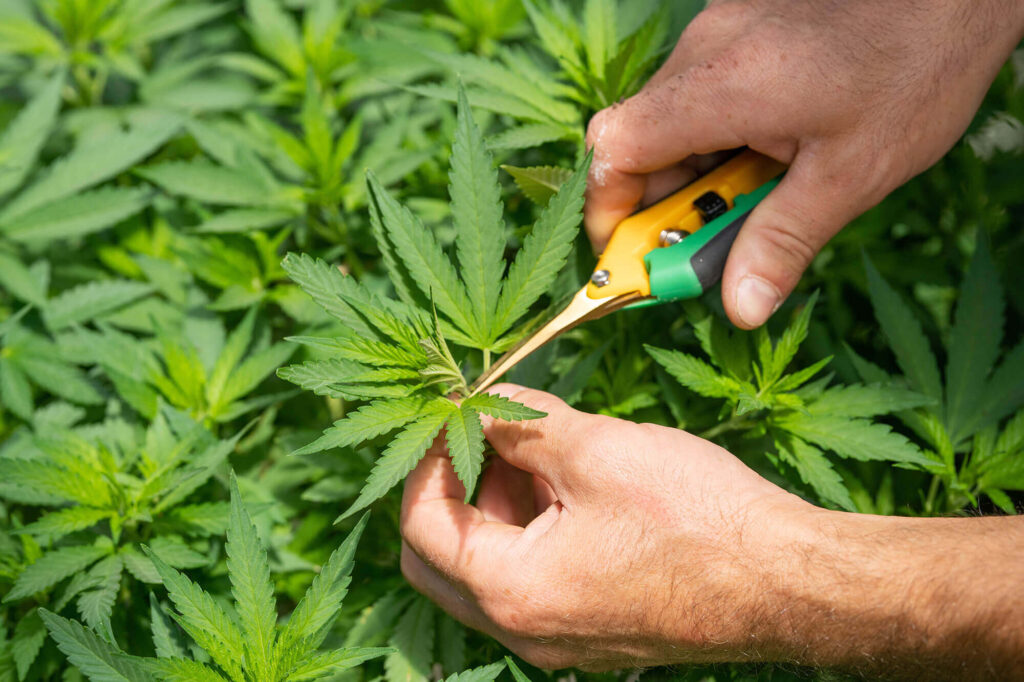
Pro Tip: Regularly monitoring and identifying the gender of cannabis plants throughout their growth cycle is crucial. Waiting too long can lead to unintended fertilization and reduce the overall quality and potency of the final product.
Understanding Female Cannabis Plants
Understanding the Characteristics of Female Cannabis Plants Female cannabis plants possess distinct characteristics that differentiate them from their male counterparts. These traits are essential for growers to identify and cultivate female plants for specific purposes.
One distinguishing feature is the presence of pistils, small hair-like structures that emerge from the nodes of female plants. These pistils play a crucial role in reproduction as they capture pollen from male plants. By understanding these unique characteristics, growers can ensure the successful cultivation of female cannabis plants for desired yields and quality.
Female cannabis plants also develop the buds you smoke or consume, which are rich in cannabinoids and terpenes, the compounds responsible for the plant’s desirable effects and aromas. Recognizing these buds is essential in determining the optimal time for harvesting. It is important to note that female cannabis plants may exhibit different growth patterns depending on the strain, environmental conditions, and cultivation methods employed.
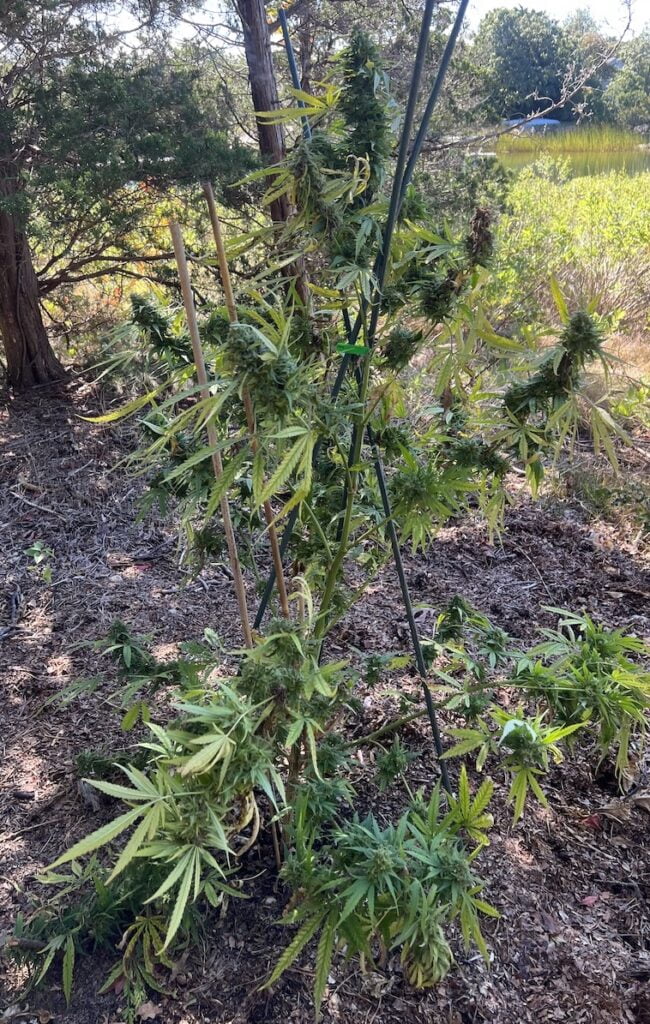
By monitoring these variations and observing the specific traits of female plants, growers can effectively manage their cultivation process and maximize their yield. It is worth mentioning that growers must carefully assess the sexual characteristics of cannabis plants during the vegetative stage to ensure the cultivation of female plants.
This can be accomplished through visual inspection of the plant’s nodes and examining the presence of pre-flowers, which are small structures that indicate the sex of the plant. By developing a keen eye for these subtle differences, growers can avoid the growth of undesired male plants that would pollinate the females and reduce the overall quality and quantity of the harvest.
A fact worth noting is that female cannabis plants cultivated for medical and recreational purposes are typically favored due to their higher cannabinoid content compared to male plants. This fact emphasizes the importance of understanding female cannabis plants for achieving the desired potency and effects in the final product.
Understanding Male Cannabis Plants
Cannabis Plants: Unveiling the Males Discover the intricacies of male cannabis plants with a professional perspective. Male cannabis plants are distinct from their female counterparts due to their unique characteristics and reproductive functions.
Understanding these differences is imperative for cultivators in order to effectively manage their crops. Being able to differentiate male cannabis plants from females is an essential skill for growers. Male plants do not produce flowers but instead develop pollen sacs that contain male reproductive cells. These sacs play a crucial role in fertilizing female plants, leading to the production of seeds.
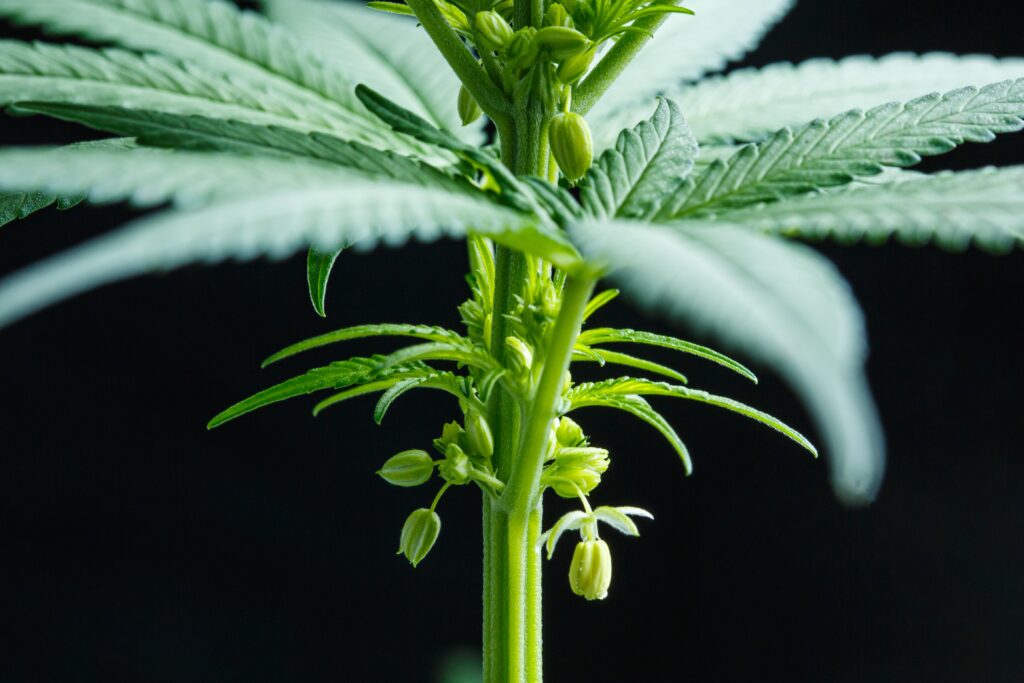
Identifying and eliminating male plants is crucial for growers aiming to cultivate seedless buds, which are highly valued in the market. Moreover, male cannabis plants have a shorter flowering duration compared to females. This means that male plants will reach the flowering stage earlier, allowing growers to remove them in a timely manner and prevent unwanted pollination.
Timely removal of male plants also allows for better utilization of resources and space, resulting in more efficient cultivation practices. It’s worth noting that male plants can also be valuable for breeding purposes, as they can contribute desirable traits to the offspring. However, male cannabis plants are generally seen as a nuisance for growers who are primarily focused on cultivating high-quality buds for consumption.
According to the article male cannabis plants are easily distinguishable by their lack of flower production and the presence of pollen sacs. This source emphasizes the importance of promptly removing male plants to prevent unwanted pollination, ensuring the growth of desirable, seedless buds.
How to Identify Male vs Female Cannabis Plants
Cannabis cultivation requires proper identification of male vs female cannabis plants for successful breeding and maximum yields. Here is a 6-step guide on how to distinguish between male vs female cannabis plants:
1. Check for pre-flowers: Once your plants reach sexual maturity (usually around 6 weeks), closely examine the nodes where branches meet the main stem. Female plants will showcase small hair-like pistils emerging from bulbous calyxes, while male plants will exhibit small, round sacs called pollen sacs.
2. Observe the plant structure: Female cannabis plants tend to have bushier and fuller structures, with multiple leaves growing from each node. In contrast, male plants are generally taller and skinnier, with fewer leaves and a more upright appearance.
3. Pay attention to the stem growth: Female plants typically have thicker and sturdier stems, which help support the weight of their dense buds during flowering. Male plants, on the other hand, often have weaker and more flexible stems.
4. Look for signs of pollen production: Male cannabis plants will start producing pollen inside their sacs. These sacs will eventually burst, releasing the pollen for pollinating nearby female plants. It’s crucial to remove male plants promptly once pollen sacs become visible to prevent unwanted pollination in your cannabis garden.
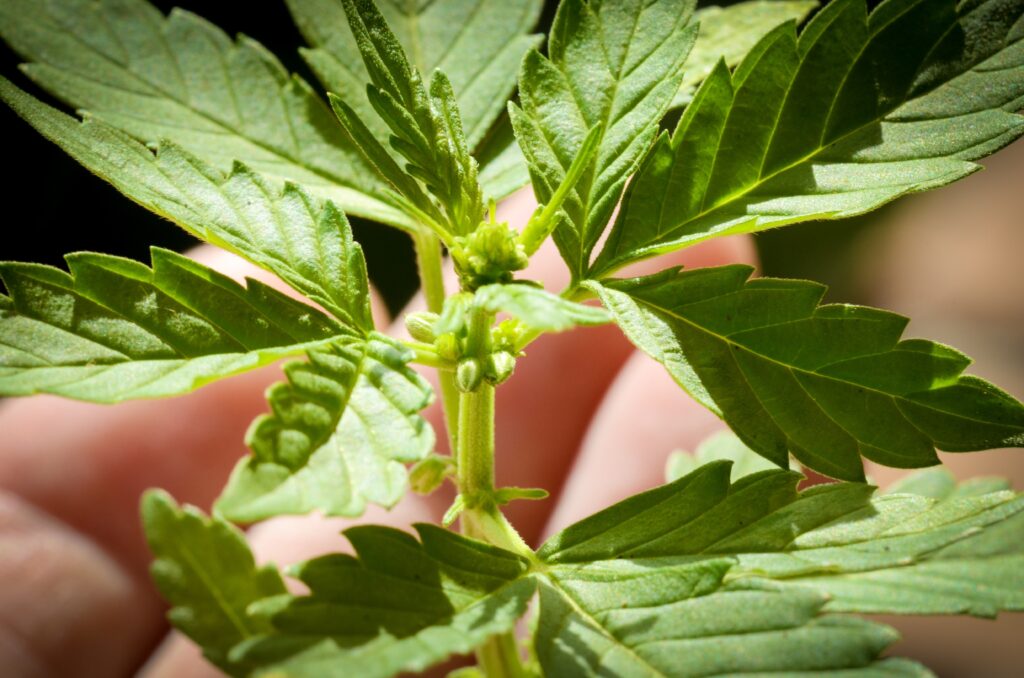
5. Monitor for hermaphroditism: Occasionally, you may encounter hermaphrodite cannabis plants that possess both male and female characteristics. These plants can self-pollinate and ruin the quality of your crop. Keep a close eye for any male flowers or sacs developing alongside female pistils, and immediately remove any hermaphrodite plants from your garden.
6. Utilize laboratory testing: If you still have doubts about the gender of your cannabis plants, you can submit plant samples to a specialized laboratory for sex testing. These tests use genetic analysis to determine the plant’s biological sex with high accuracy.
In addition, it is essential to note that some strains offer visual cues for gender identification, such as distinct color variations or specific leaf patterns. However, these characteristics may vary from one strain to another and should be used as supplementary tools rather than definitive indicators.
To ensure a successful cannabis cultivation process, consistently monitor your plants throughout their growth cycle for any signs of sexual differentiation. By accurately identifying and removing male plants, you will prevent pollination and ensure healthier, cannabinoid-rich buds from your female plants.
Remember, accurate gender identification is crucial in maximizing your cannabis yield and maintaining the integrity of your cultivation efforts.
Growing Male and Female Cannabis Plants
In the process of cultivating male and female cannabis plants, it is important to be able to distinguish between the two. By understanding the characteristics and indicators, growers can effectively manage their crop and optimize their yield.
- Identification of Male and Female Plants: Cannabis plants exhibit distinct physical characteristics that can be used to differentiate between males and females. These include the presence of pollen sacs in male plants and the development of stigma in female plants.
- Separating Male and Female Plants: It is crucial to keep male and female cannabis plants separate during the growing process to prevent pollination. Pollination can result in the development of seeds in female plants, which can diminish the quality and potency of the crop.
- Optimizing Yields: By identifying and removing male plants from the cultivation area, growers can focus their resources on tending to the female plants. This allows for efficient allocation of nutrients, light, and space, ultimately resulting in higher quality and more potent buds.
- Methods of Identification: There are various methods available to identify male vs female cannabis plants. These include visually inspecting for the presence of specific reproductive structures, analyzing pre-flowers during the early stages of growth, and conducting genetic testing.
- Importance of Regular Monitoring: Monitoring the development of cannabis plants is essential throughout the growing process. By regularly checking for signs of male or hermaphroditic flowers, growers can promptly remove any potential pollinators, ensuring the quality and purity of the female plants.
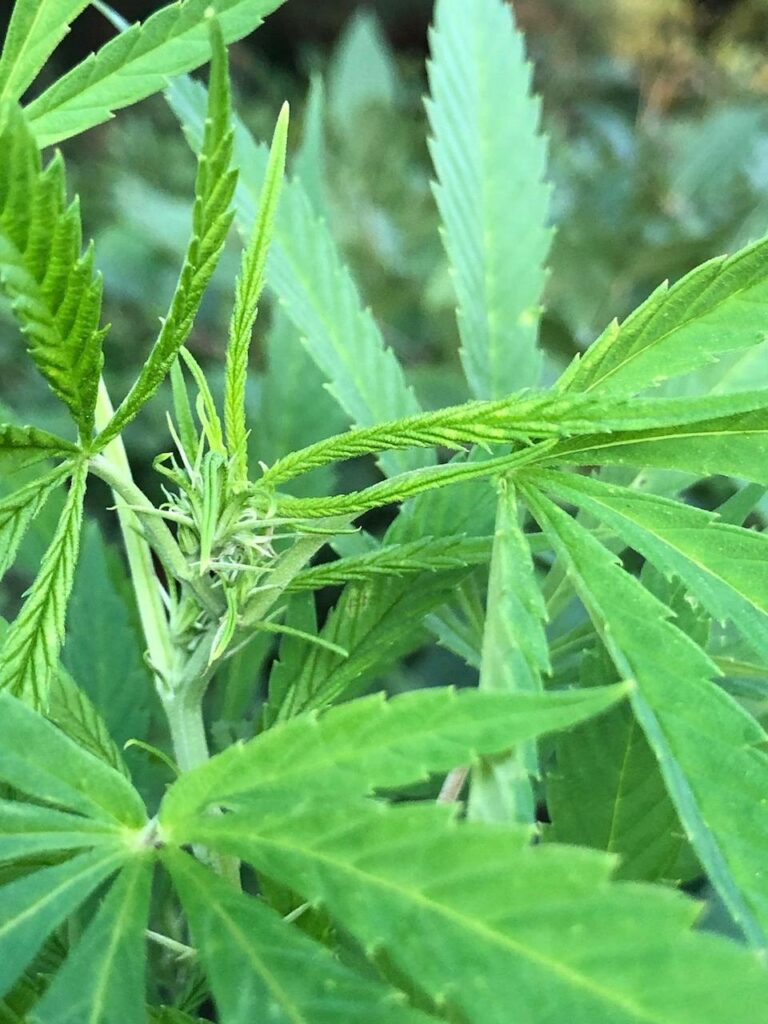
Understanding the growth patterns and characteristics of male vs female cannabis plants enables growers to optimize their cultivation process. By implementing effective identification and separation strategies, growers have the potential to maximize yields and produce high-quality cannabis. However, it is crucial to constantly monitor the plants to ensure the continued success of the crop.
Investing considerable time in researching and understanding the nuances of growing male and female plants is important. Through careful observation and diligent removal of male plants, the grower is able to achieve exceptional yields and produce premium-quality cannabis. Without this research, a harvest can be all but ruined without knowing how to identify male and female plants before it’s too late.

Frequently Asked Questions
There is a need to understand the distinction between male vs female cannabis plants. To achieve this goal, it is crucial to grasp the NLP essence of “Differentiating Male vs Female Cannabis Plants.” In this regard, let us delve into a concise yet informative breakdown of four key points for identifying male vs female cannabis plants:
- Physical Characteristics: Look for the presence of small sacs or pollen sacs on the male plants, while female plants exhibit pistils or pre-flowers with hair-like structures.
- Growth Patterns: Observe the plants’ overall structure and branching tendencies. Male plants generally grow taller and have fewer branches compared to the bushier and more compact nature of female plants.
- Pollen Production: Male plants produce pollen, while female plants focus on flower production. By examining the presence or absence of pollen sacs, you can distinguish between the two.
- Seed Development: Once pollinated, female plants start developing seeds, which is a clear indication of their sex. Male plants do not engage in seed production.
To provide unique insights on identifying male vs female cannabis plants, it is important to note that environmental factors, such as stress or hermaphroditism, can sometimes blur the lines between the two sexes. Therefore, it is essential to closely monitor the plants and promptly remove any unwanted males to avoid cross-pollination.
Now, let’s shed light on a captivating true history related to the identification of male versus female cannabis plants. Centuries ago, cannabis cultivation relied on visual observations and traditional knowledge passed down through generations. However, with the advent of scientific research and improved breeding techniques, growers now have a deeper understanding of the plant’s different genders, facilitating more controlled and desired cultivation practices. This progression has undoubtedly contributed to the booming cannabis industry we witness today.
Before we dive into answering your burning questions, let’s just hope they’re not as frequently asked as ‘Did the chicken or the egg come first?’

Summary
Identifying the Gender of Cannabis Plants To distinguish between male vs female cannabis plants, follow these three simple steps:
1. Examine the Nodes: Look for alternating pairs of nodes along the stem. Male plants usually have a single, elongated growth at each node, while female plants have two fuzzy, pistil-containing growths.
2. Check for Pre-Flowers: Male cannabis plants develop round, sac-like pre-flowers, known as pollen sacs, in the leaf joints. Conversely, female plants produce pear-shaped pre-flowers, called calyxes, which have pistils protruding from them.
3. Observe the Length of Internodes: Female cannabis plants often have shorter internodal spacing, resulting in a bushier appearance. On the other hand, male plants tend to have longer internodes, giving them a lankier and less dense structure. It’s essential to note that these methods are not foolproof and may require a trained eye to accurately determine the gender of cannabis plants.
Five Facts About How to Identify Male vs Female Cannabis Plants:
- ✅ The main difference between male and female cannabis plants is that male plants do not yield buds, whereas female plants do. (Source: Team Research)
- ✅ Female cannabis plants contain the prized bud that comprises all cannabis products, while male plants produce pollen sacs. (Source: Team Research)
- ✅ Female cannabis plants produce far more potent cannabis compared to male plants, containing higher levels of tetrahydrocannabinol (THC). (Source: Team Research)
- ✅ Male cannabis plants are essential in breeding programs, contributing 50% of the genetic material inherited by the seeds. (Source: Team Research)
- ✅ Male cannabis plants are also useful for producing hemp fiber, softer than that derived from female plants, for making clothing and other products. (Source: Team Research)
FAQs about How To Identify Male Vs Female Cannabis Plants
How can I identify male and female cannabis plants?
During the first four weeks of growth, you may be able to observe pollen sacs on the male and stigma or “pre-flowers” on the female. By the sixth week of growth, you can clearly distinguish between male and female cannabis plants. This point will fully view the pollen sacs and pre-flowers, allowing you to pinpoint male or female.
What are the characteristics of male cannabis plants?
Male cannabis plants have thick, sturdy stalks, sparse leaves, and are taller than female plants. They also develop pollen sacs that form green and white flowers.
What are the characteristics of female cannabis plants?
Female cannabis plants have slender stalks, abundant leaves, fine translucent hairs in white or orange, V-shaped pistils with a protective layer (calyx), and are shorter than male plants. They also produce resinous buds.”
How can I guarantee a female plant that produces cannabis buds?
The easiest and most efficient way to avoid male marijuana plants is to buy feminized seeds or autoflowering seeds. These seeds have been genetically produced in a way that prevents male plants in your harvest. Though stress can cause hermaphrodites which is both a male and female plant this is rare if you follow our weed grow guides and control your plants growing conditions and avoiding things that can negatively impact your grow.






